 By Pepper Parr
By Pepper Parr
August 25th, 2017
BURLINGTON, ON
He has a team of 12 people; all with the title of Superintendent and an Executive Director who heads up the Human Resources department.
While the recommendations that come from the board staff are under the signature of Stuart Miller, Director of Education, these are staff decisions.
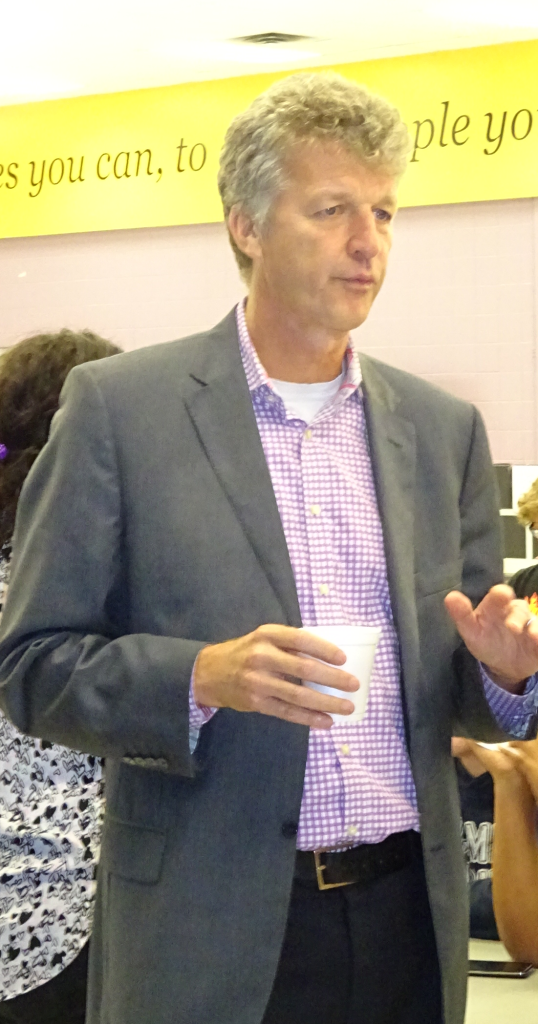
Director of Education -Stuart Miller
Parents unhappy with the decision to close Bateman and Pearson high schools tend to go after Miller. He doesn’t take to the criticism all that easily; he takes it home with him. But it is for the most part a team decision.
Miller is the Chief Executive Officer, the Chief Education Officer and the Secretary to the Board. He doesn’t have a very large personal staff – just two people.
The Board announced earlier this week that Colette Ruddock has been appointed Superintendent and will oversee the north Oakville family of schools with additional responsibility for the student health portfolio.
Colette’s began her career with Halton in 1993 and has worked as a Vice-Principal and Principal in seven different schools. She has also served in the role of Education Officer with the Ministry of Education where she played a key role in Teacher Performance Appraisal processes, New Teacher Induction programs as well as School Board hiring practices.
She is proficient in French with numerous experiences in a French Immersion settings and has taken a leadership role in our recent elementary French Immersion delivery model transition planning. She is a student-focused leader who has strong instructional leadership skills and recently received the EQAO Bette Stephenson Recognition of Achievement Award for the use of data and evidence to improve school achievement at E.J. James Public School.
Ruddock is an addition to the team of Superintendents that deliver on the direction Stuart Miller provides.
She is the newest member of a team that has had a full calendar year – and it isn’t over yet.

David Boag
Miller is backed up by David Boag, who is the Associate Director responsible for Student achievement, School operations and school accommodation and program viability.
Boag is a softer personality than Miller His task is to ensure that the quality of the programs offered is maintained and grown. He has to follow the direction given by Miller who is the Chief Educational officer.
The bulk of the team of Superintendents are focused on the academic side with Gerry Cullen handling the physical side of the schools buildings.

The Board of Education doesn’t get a lot of attention – until there is an issue that reaches into every household – then the public turns out with questions.
The Board of Education doesn’t get a lot of public attention. It is seen as a quiet operation that runs smoothly for the most part. But, Miller will tell you that the Board is the largest employer in the Region and is a part of every community. The Board is literally a part of every household that has children.
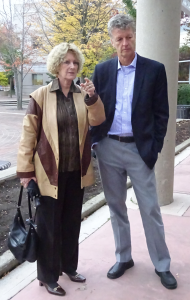
Joey Edwardh, who holds a doctorate and runs the Community Development Halton organization with Stuart Miller, Director of Education. These two could be collaborating much more than they do
When the weather is iffy – it is Stuart Miller who is up at 5:00 am talking to the team that he works with and deciding if schools are going to open.
He is very much a hands on personality – sometimes to his detriment.
He has been an educator all of his professional life which is one of the problems the Board has to contend with. The administrative offices for the Region wide Board are in Burlington on Guelph Line. Being “in touch” with every community is not a simple matter.
The Halton District school Board has organized its Superintendents so that the workload is spread amongst all of them – when they gather as the team that oversees what happens in the schools there is representation from men and women who are in daily contact with the schools in Halton Hill or Oakville.
Each of the Superintendents came up “through the system” they know the schools they are responsible for like the back of their hands.

Terri Blackwell
Terri Blackwell is one of the 12 Superintendents of Education. She reports on and oversees the School Councils, Parent Involvement Committee (PIC), Research in schools and is responsible for:
Elementary schools: Alexander’s, Alton Village, Brant Hills, Bruce T. Lindley, Burlington Central Elem, Central, CH Norton, Charles R Beaudoin, Clarksdale, Florence Meares, Kilbride, John T Tuck, John Wm Boich, Lakeshore, Orchard Park, Paul A Fisher, Pauline Johnson, Rolling Meadows, Tom Thomson.
Secondary schools: Burlington Central HS, Dr Frank J Hayden SS, MM Robinson HS, Nelson

Gerry Cullen
Gerry Cullen is the Superintendent of Facility Services. He isn’t an educator – his role is to ensure that the facilities needed to get the educating done are operational on a daily basis.
Cullen will oversee the merging of the Bateman student body with that of Nelson high school where he will go through a budget of $12 million making changes to Nelson so that school can accommodate the students from Bateman once it closes.
Cullen’s workload includes:
Construction (capital projects including design and construction of new schools, renovations, additions and portable classroom moves); Rental of school space (Community Use of Schools); Maintenance (upkeep of buildings, renewal of large maintenance programs such as roofing, window replacement, energy and environmental conditions of buildings.); Operations (cleaning, cafeterias, security, snow clearing, garbage/recycling, play structures and portable inspection.

Rob Eatough
Rob Eatough is the Superintendent of Education who handles equity programs, Communications (Internal/External)
He oversees:
Elementary schools: Dr Charles Best, Frontenac, Mohawk Garden, Pineland, Ryerson, Sir Ernest MacMillan, Tecumseh.
Secondary schools: Robert Bateman HS, Lester B Pearson HS.
With the planned closing of those two high school in the next two years Eatough will be looking at some re-assignment.

Julie Hunt Gibbons
Julie Hunt Gibbons, Superintendent of Education oversees Secondary curriculum and school program; Student success and pathways destinations.
That puts the program at Bateman high school on her desk – one of the more delicate tasks this Board now faces.
She is responsible for:
Elementary schools: Brookdale, Eastview, Gladys Speers, Oakwood, Pine Grove, WH Morden.
Secondary schools: TA Blakelock HS

Jacqueline Newton
Jacqueline Newton is a Superintendent of Education who opened the Hayden high school in Alton. Her focus is Innovation/Ingenuity in schools.
During the PAR – Program Accommodation Review process the board completed in June, many thought that Newton was going to be a leader in thinking through some of the innovative ideas the PAR committee thought were possible to keep Pearson and Bateman open.
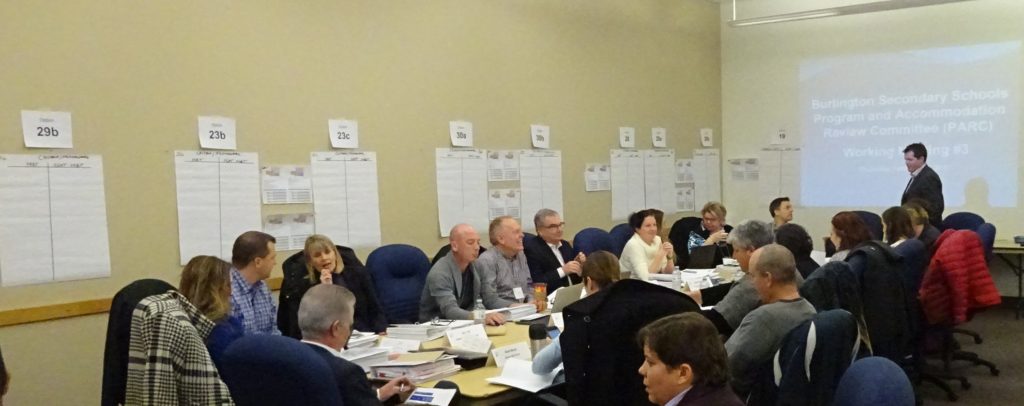
The PARC wanted to look for innovative ways to keep their schools open – the problem was that the public and the Board staff didn’t see innovation through the same lens. Public sector and private sector people have different perceptions as to just what innovation is.
What the public didn’t understand was that Newton’s focus was on innovation within the educational structure. Her role was not to look for innovative changes to the structure; a significant difference.
Members of the PARC saw innovation from a private sector perspective where the demands for change have an impact on the profitability of a corporation.
Profitability is a foreign concept for educators. Our schools are paid for out of tax dollars that are collected – those tax dollars aren’t earned.
Newton oversees:
Elementary schools: Anne J MacArthur, Boyne, Brookville, Bruce Trail, Chris Hadfield, Escarpment View, EW Foster, Hawthorne Village, Irma Coulson, JM Denyes, Martin Street, PL Robertson, Robert Baldwin, Sam Sherratt, Tiger Jeet Singh, WI Dick.
Secondary schools: Craig Kielburger SS, Milton District HS

John Pennyfather
John Pennyfather, Superintendent of Education oversees School health protocols, Social justice and the Our Kids Network
He is responsible for:
Elementary schools: Abbey Lane, Capt R Wilson, Emily Carr, Falgarwood, Forest Trail, Heritage Glen, Joshua Creek, Montclair, Munn’s, Oodenawi, Palermo, Pilgrim Wood, Post’s Corners, River Oaks, Sheridan, Sunningdale, West Oak.
Secondary schools: Abbey Park HS, Garth Webb SS, Iroquois Ridge HS, White Oaks SS
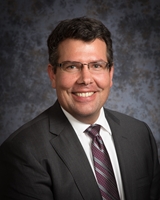
Scott Podrebarac
Scott Podrebarac is a Superintendent of Education and is a different man today than he was when he was asked to lead the PAR last October. He is a very genial man who found himself working with a process that was new and over time found to be flawed. He didn’t create the process – but he had to work with it.
He was given a group of parents that never managed to coalesce into a group working as one. The parents representatives from the seven Burlington high schools chose to defend the turf of the schools they represented.
They were a group that knew very little about each other and brought more agendas into the PARC process than there were schools.

This wasn’t what Scott Podrebarac, on the left, expected from the public when he took on the task of shepherding the PAR process.
It would be interesting to see what a report from Podrebaac on the PAR process the Board went through would look like.
The Ministry of Education that created the process came to the realization that the process was flawed and decided that it would not be used going forward. That decision was made 22 days after the Halton trustees decided to close the two high schools.
Podrebarac oversees the Early years/Kindergarten program and the Safe schools programs.
He is responsible for:
Elementary schools: Centennial, Ethel Gardiner, George Kennedy, Glen Williams, Harrison, Joseph Gibbons, Limehouse, McKenzie-Smith Bennett, Park, Pineview, Robert Little, Silver Creek, Stewarttown.
Secondary schools: Acton HS, Georgetown District HS.

Tina Salmini
Tina Salmini is a Superintendent of Education who oversees the Elementary curriculum and school program; New Teacher Induction Program (NTIP), Leadership training and Library Services.
There is a lot more to that work load than meets the eye. The changes in the way libraries work today is massive – technology now drives so much more of it.
Salmini is respobsible for:
Elementary schools: EJ James, James W Hill, Maple Grove, New Central
Secondary schools: Oakville Trafalgar HS

Gord Truffen
Gord Truffen Superintendent of Education oversees Information Services (IT); International students and is responsible for:
Elementary schools: Aldershot (elem), Glenview, King’s Road, Maplehurst
Secondary schools: Aldershot HS.
It doesn’t look like much of a workload – which is a little misleading.
Truffen is probably the Superintendent most in touch with what takes place in the private sector. Given a little more rope and a mandate to pull more private sector practices into a system that lives in a bit of a bubble
Truffen could make the Halton Board considerably different.

Mark Zonneveld
Mark Zonneveld is a Superintendent of Education who is responsible for Special Education/Student Services. He oversees the Syl Apps school and Section 23 programs.
Section 23 programs serve students who require their educational needs to be met outside of the regular school system, in specialized settings. A student in a Section 23 Program is a client of an agency funded by the Ministry of Child and Youth Services that provides services in one of the following categories: Care – hospitals, maternity homes; Treatment – children’s mental health centres and group homes. Corrections – open custody and closed custody situations.
More importantly he is handling the transition of students from Bateman into Nelson and the movement of the International Baccalaureate program from Bateman to Central.
It is a job that calls for compassion and sensitivity – something many of the Bateman parents didn’t feel existed at the Board level.
Zonneveld’s challenge is to show that both exist in the operation he runs.
Superintendent Cullen has to build the space that will be needed at Nelson for the Bateman students; Zonneveld has to tailor programs for those students.

Lucy Veerman
Lucy Veerman is the Superintendent of Business Services. She is the Board’s “bean counter”. The PAR process was a bit of a rude awakening for Veerman. Parents, especially those from Centreal high school were looking at the numbers very closely and they didn’t like a lot of what they saw. Veerman had to defend numbers that make sense to educators but not a lot of sense to parents who are not familiar with public service accounting.
Veerman is responsible for Accounting, Budget, Planning, Purchasing and Transportation.

Debra McFadden
Debra McFadden is the Executive Officer, Human Resources. She oversees the hiring and development of the teachers. She is the Board’s Chief Negotiator and is responsible for all Labour Relations including Human Resources Strategy and Policy
That’s the team that is going to take the system of high schools in Burlington through a very difficult phase in the next two years.
It is a young team – there are not a lot of people who are going to be retiring soon; just a couple.
The strength of the high school system and how well it serves the needs of the public is critical. Good high schools attract families to a community.
There was a time when parents would lie about where they lived to get their children into one of the elementary schools in the south east part of the city – it’s reputation was that good. The leadership of a school can make a huge difference.
The leadership of a Board administration can make a big difference.
And the leadership from the trustees can and should make a difference.
Corporations that are looking for a new location or the setting for an expansion want to know that a community has a solid educational system.
One can’t say that the high school system in Burlington isn’t solid – one has to say that it is going through a process of transition – which we all hope they get right the first time.
The first reaction we are going to see from the public will be in the 2018 election – just over a year away.
Has the Board of trustees understood what the public that put them in office wants? Part of the answer to that question is – which public put them in office? With the voter turnout as low as it has been in Burlington one has to ask – who elected these people?

 By Pepper Parr
By Pepper Parr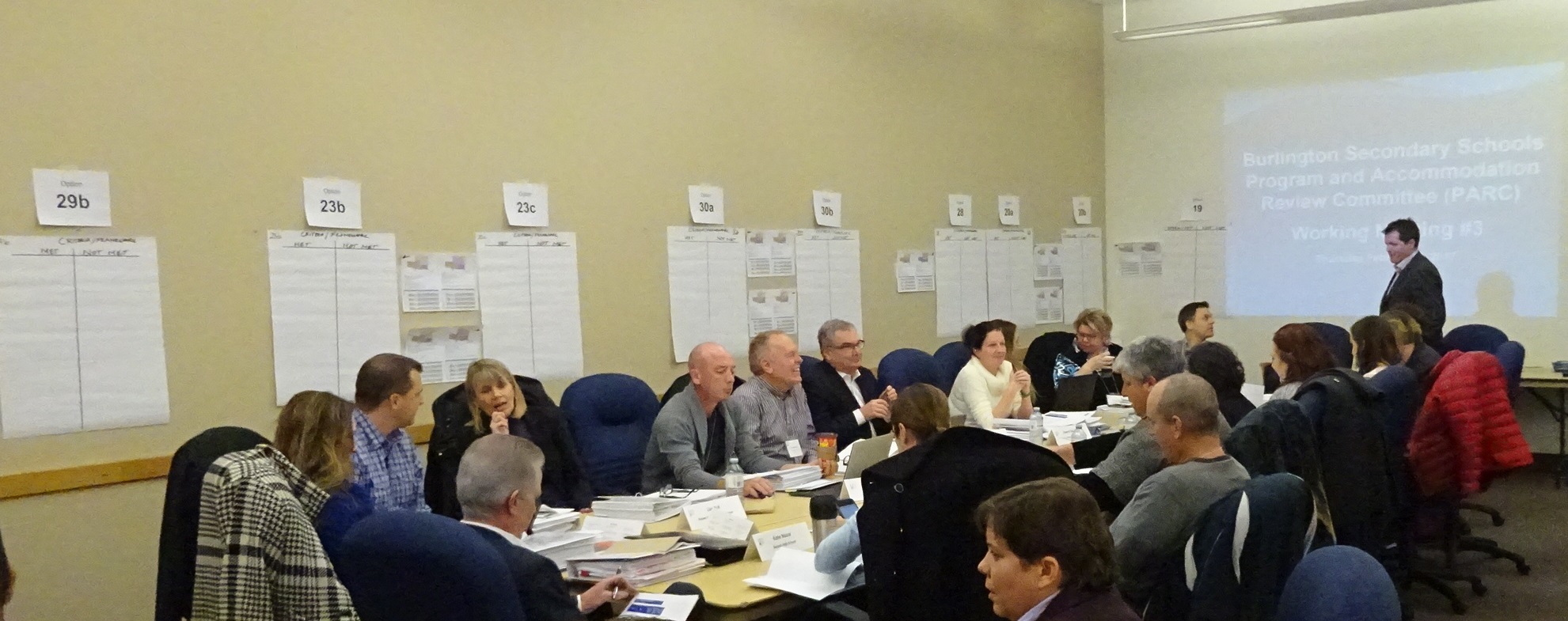
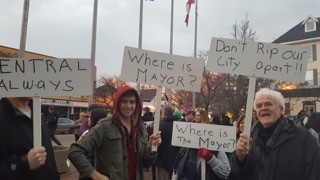
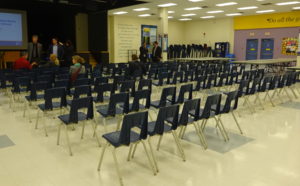

















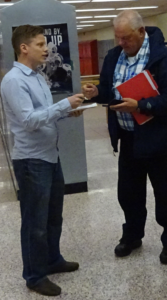




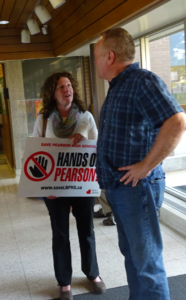

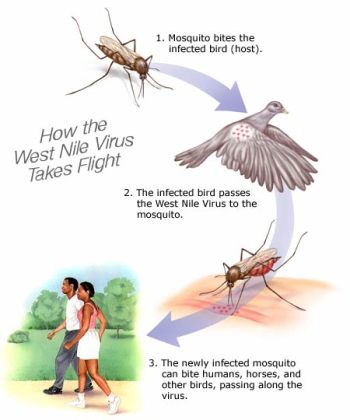


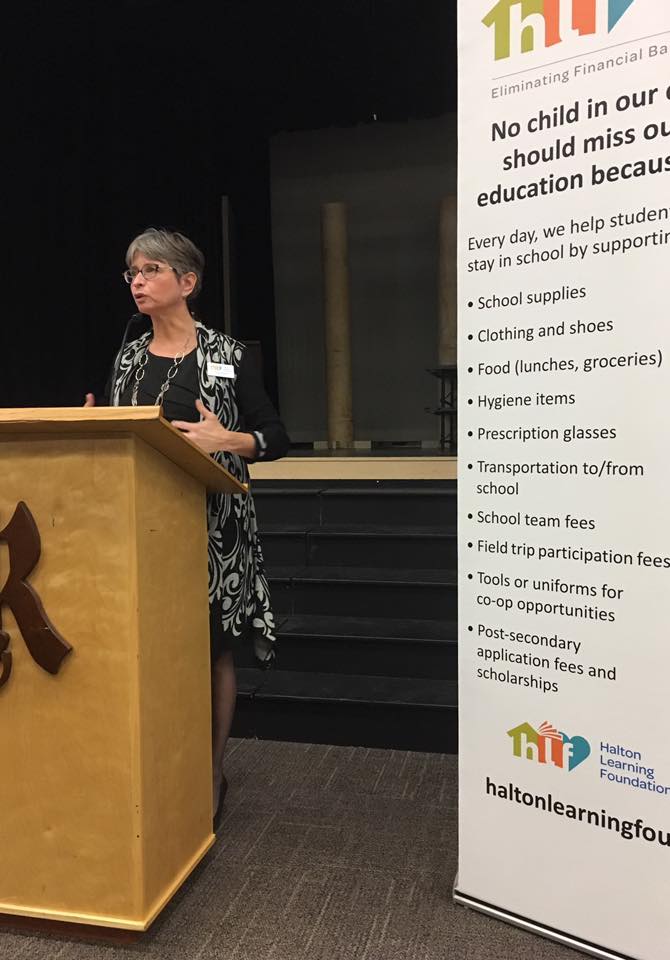
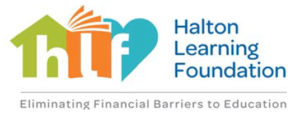 The Foundation is the organization that ensures the essentials are available to students in our classrooms which makes HLF close to the critical fulcrum in the process of getting people out of poverty.
The Foundation is the organization that ensures the essentials are available to students in our classrooms which makes HLF close to the critical fulcrum in the process of getting people out of poverty.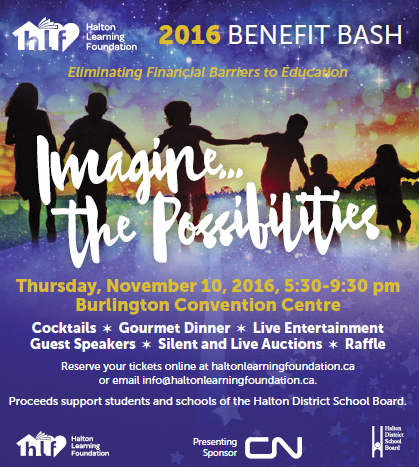 The Foundation holds an annual Benefit Bash in November – it is their prime fund raising event.
The Foundation holds an annual Benefit Bash in November – it is their prime fund raising event.


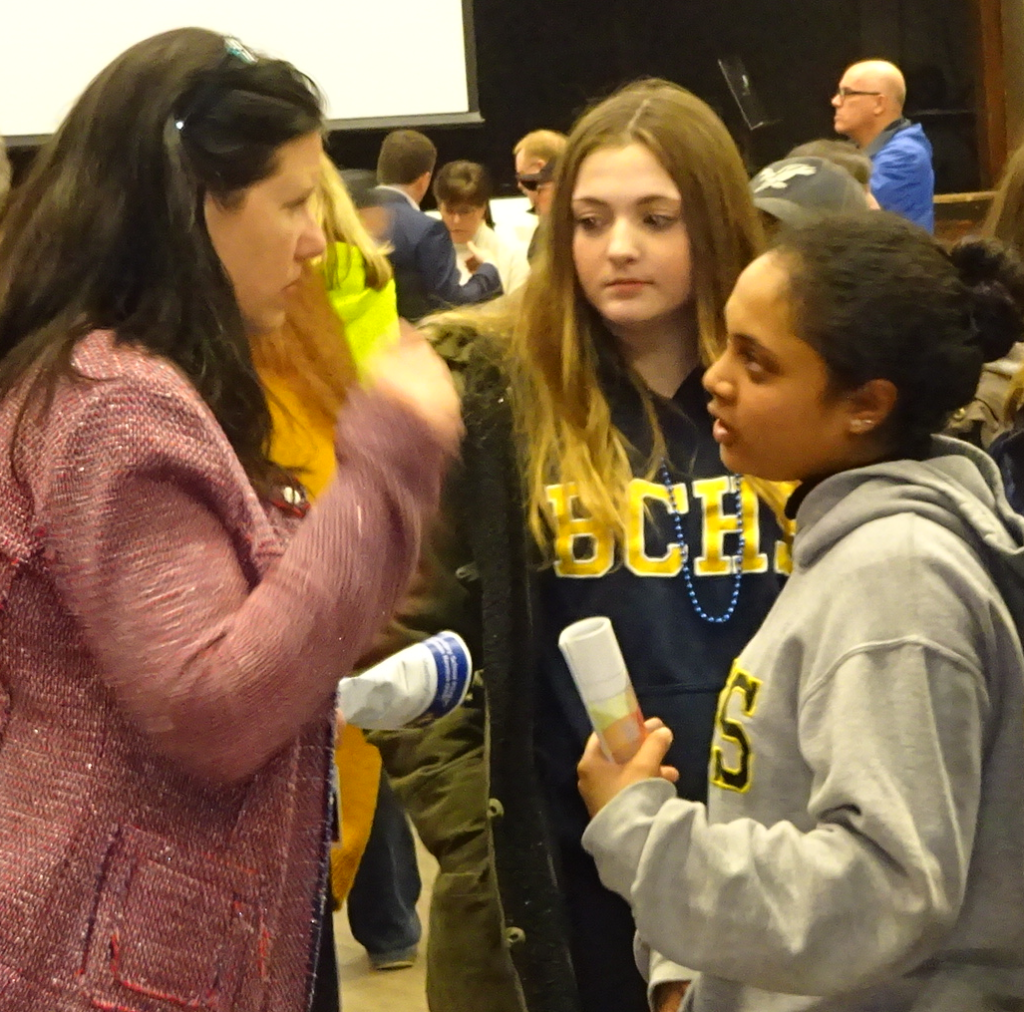

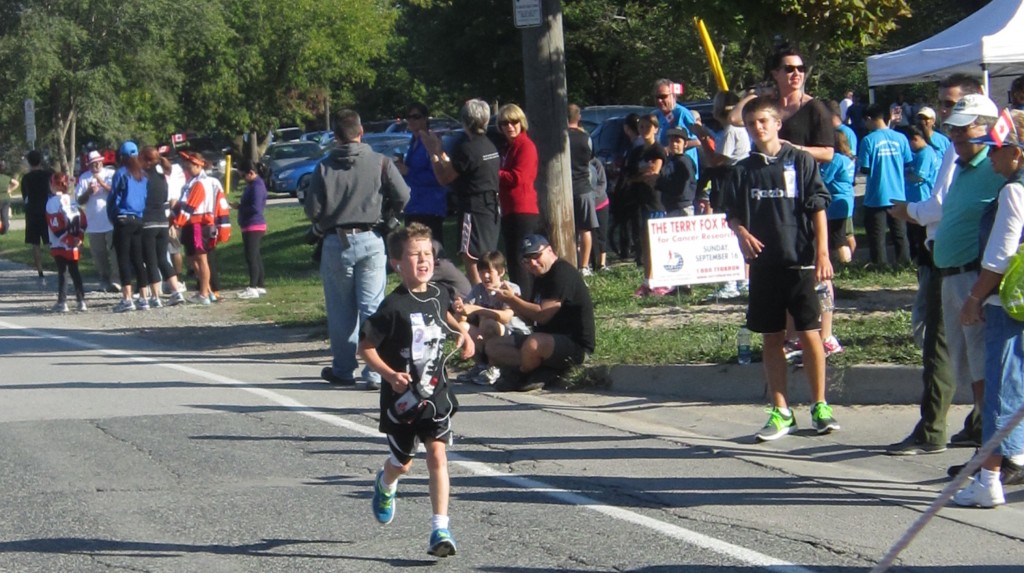
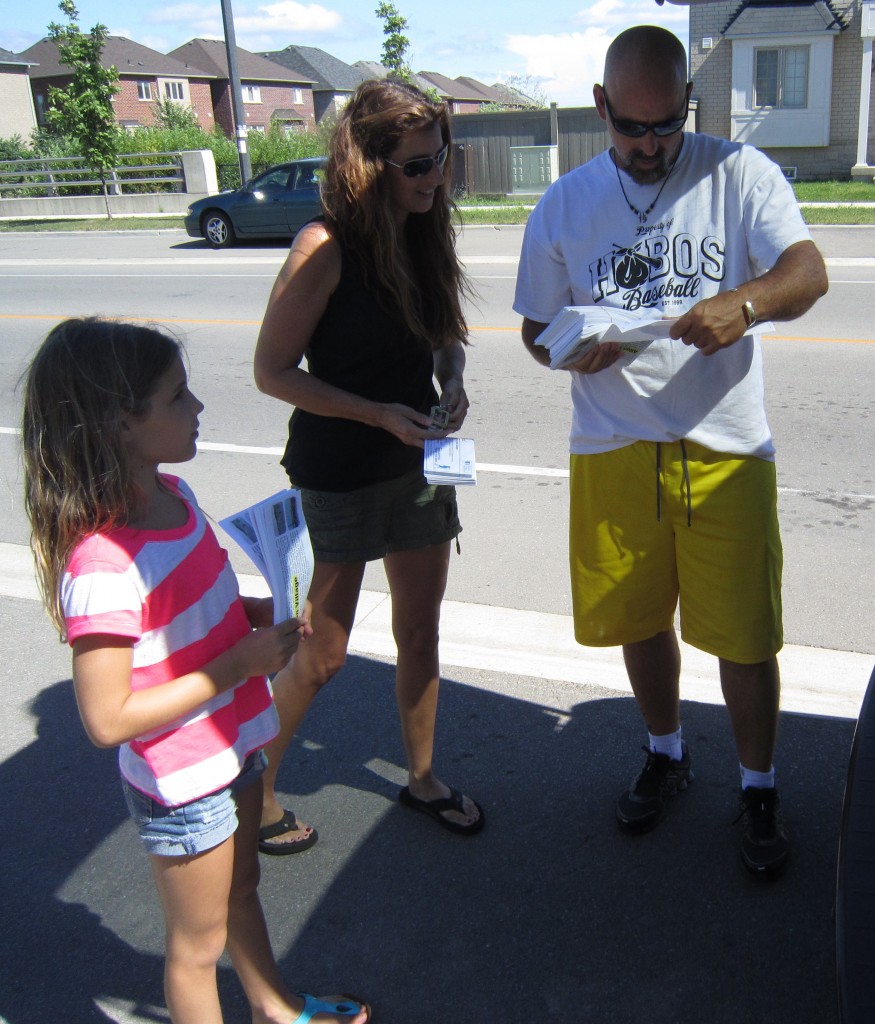



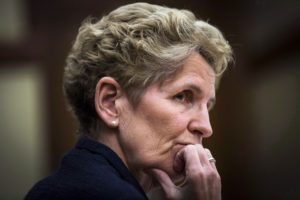
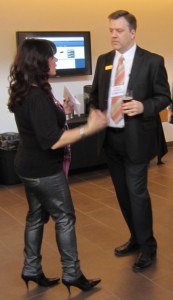

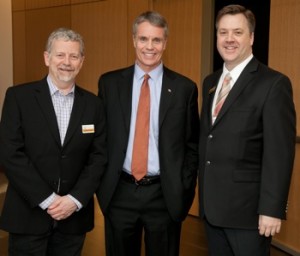


 The consortium that runs the school bus service for the two school boards reports that: “The vast majority of delays this morning were caused by high traffic around schools, construction and some mechanical issues with buses which is typical for the first few days in September.
The consortium that runs the school bus service for the two school boards reports that: “The vast majority of delays this morning were caused by high traffic around schools, construction and some mechanical issues with buses which is typical for the first few days in September.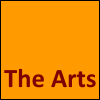

 A Craft Symposium taking place on Friday, September 15 (Holiday Inn, Burlington) & Saturday, September 16 (OCAD University, Toronto)
A Craft Symposium taking place on Friday, September 15 (Holiday Inn, Burlington) & Saturday, September 16 (OCAD University, Toronto) National Craft Exhibition: Can Craft? Craft Can!; August 19-October 29, 2017
National Craft Exhibition: Can Craft? Craft Can!; August 19-October 29, 2017





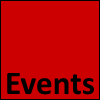
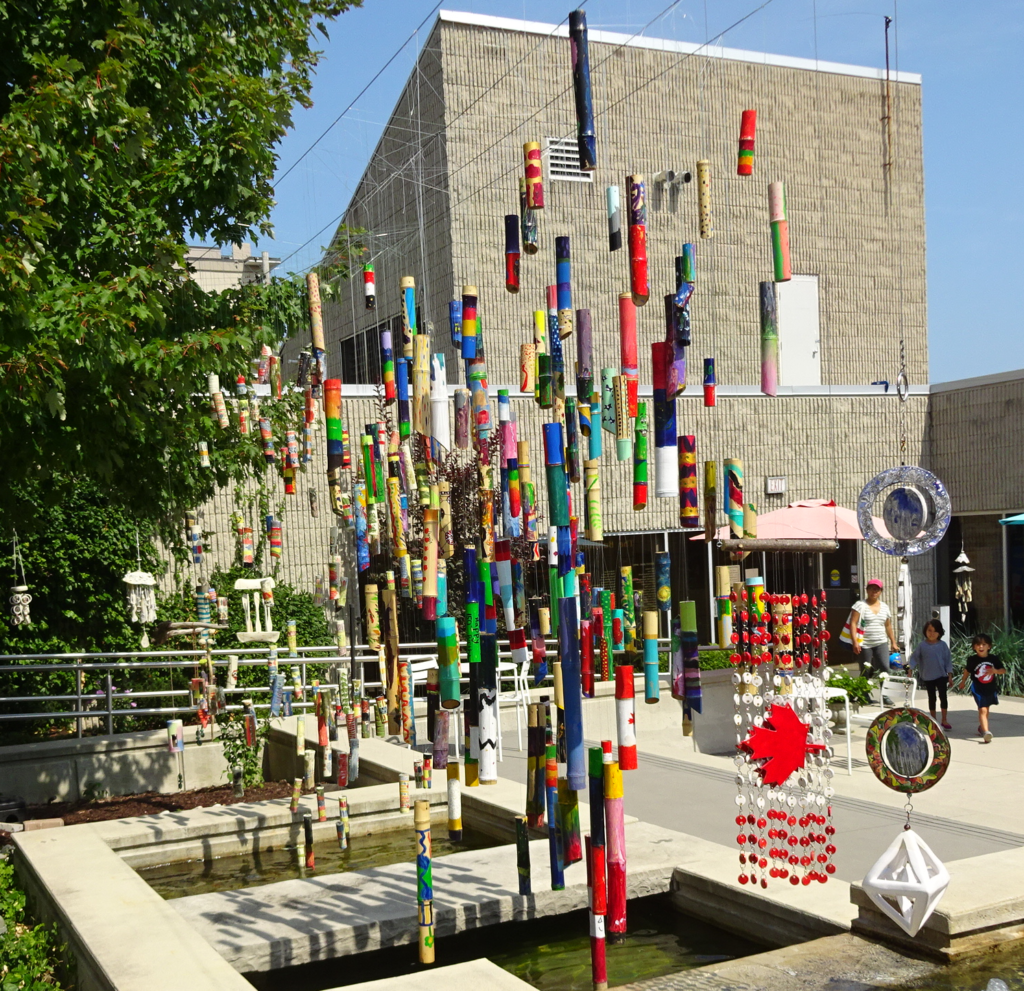

 The exhibit includes a replica of the brace and prosthetic Terry wore as he loped across the country with what was part walk and part skip.
The exhibit includes a replica of the brace and prosthetic Terry wore as he loped across the country with what was part walk and part skip.



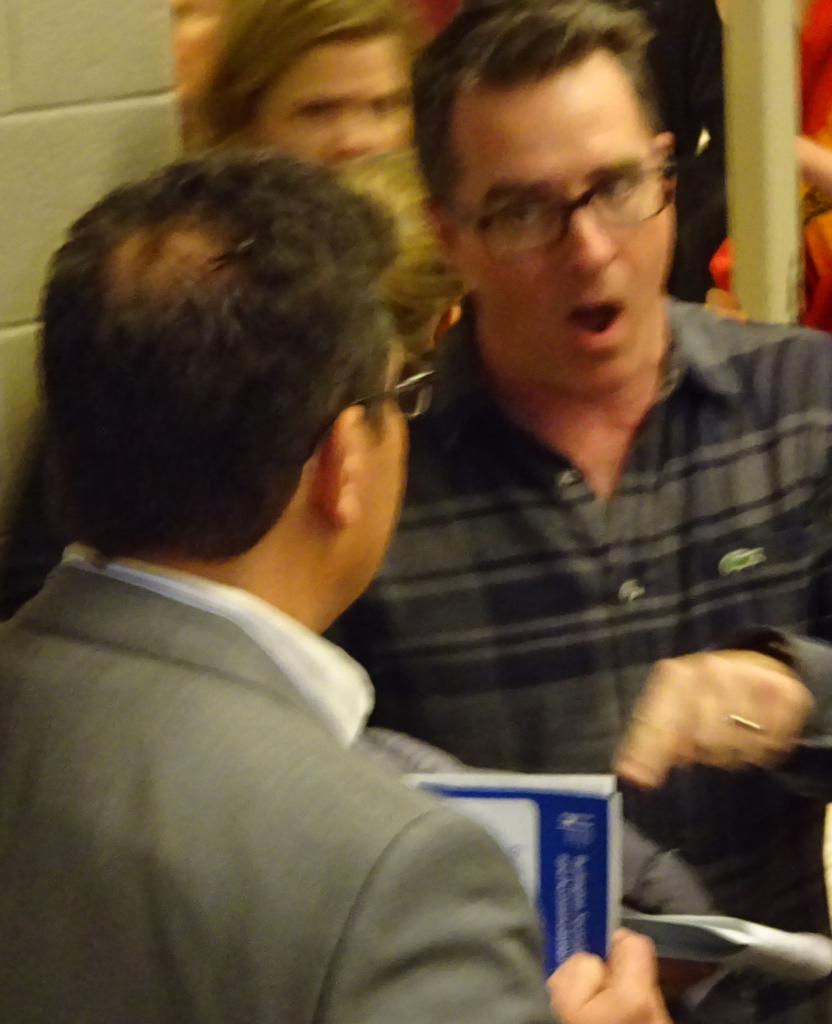
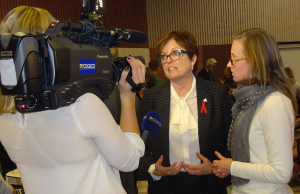

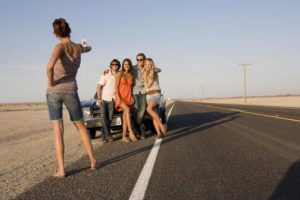




 Registration and check-in will begin at 9 a.m., with planting scheduled to start shortly after 9:30 a.m. A barbeque lunch will be available at the end of the planting. Volunteers are reminded to dress according to the weather, wear waterproof boots and bring a shovel. The event will happen rain or shine, unless conditions are deemed to be unsafe for participants and staff.
Registration and check-in will begin at 9 a.m., with planting scheduled to start shortly after 9:30 a.m. A barbeque lunch will be available at the end of the planting. Volunteers are reminded to dress according to the weather, wear waterproof boots and bring a shovel. The event will happen rain or shine, unless conditions are deemed to be unsafe for participants and staff.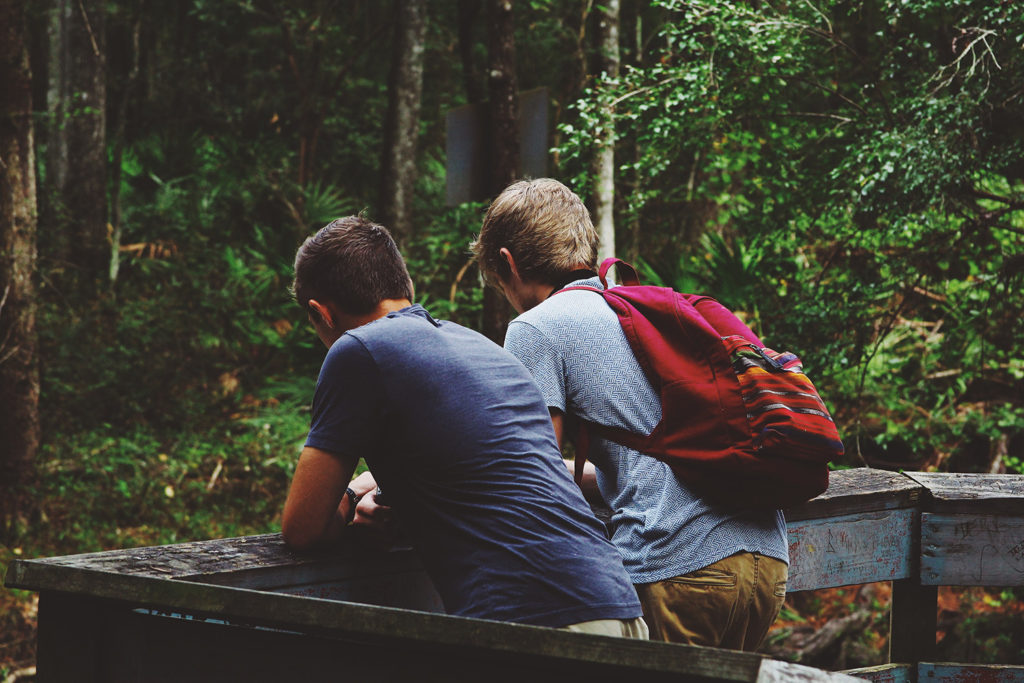
 When the school Michael attends became aware of the family situation and the impact it was having on Michael, they were able to turn to the Halton Learning Foundation for help.
When the school Michael attends became aware of the family situation and the impact it was having on Michael, they were able to turn to the Halton Learning Foundation for help.

















